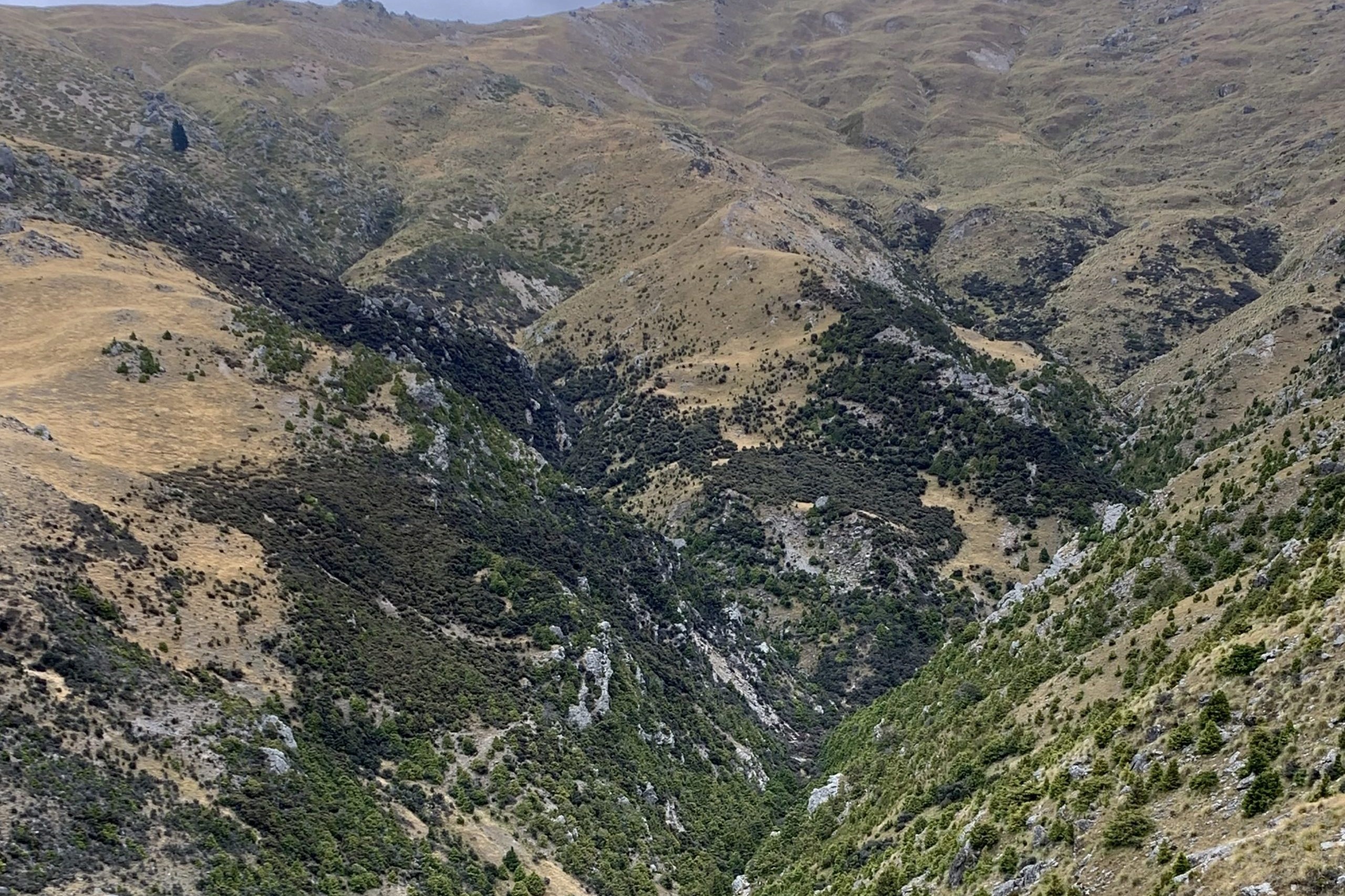People or trees for neighbours?
From manicured sheep farm, through a dairy conversion and to the prospect of another carbon plantation, Paul Burt gives a brief history lesson.

From manicured sheep farm, through a dairy conversion and to the prospect of another carbon plantation, Paul Burt gives a brief history lesson.
TWENTY FIVE SHEEP FOR EVERY KIWI and SMPs to keep the engine room of the economy ticking over. It was summertime back in the day and hot as hell.
After days of shearing, cut out was fast approaching. In fact, it was approaching so fast the boss was concerned as he was well shy of his tally.
He did a lap of the farm but only came up with a few stragglers and then the presser found the missing mob in some back pens under the woolshed.
The job got done and on shady manicured lawns, under a sprawling pin oak, we enjoyed a beer as we got paid up. The homestead was of 1930s vintage with a blue gabled roof and wide verandahs with white pickets. Roses and camellias filled in under mature trees and even from my youthful perspective I could appreciate the care and consideration that went into creating such a place.
The owners were near retiring and with children not interested in farming the land changed hands. In those days the Rural Bank offered loans to capable young farmers who had scraped together a 15% deposit. The other 85% was loaned at discounted rates which was the government’s answer to getting young people into farm ownership and the only way to make the budgets work initially.
A young couple bought this particular farm and with the energy of youth and skilful management ramped up the sheep business to a very high level. Wool was contributing up to 50% of farm income and the good years saw a new woolshed built to replace the original rough-sawn across the board type. Paddock numbers quadrupled and bush remnants were fenced and retired. Three children buoyed the small but well-regarded country school.
Being progressive types and wanting to get the most out of their asset the farmers decided the farm, with its easy contour and improved fertility would show more return by converting to dairy. This was early days for sheep to dairy conversions but despite the sceptics a successful dairy farm was established.
Uncommonly for dairy farms of that era neatness and attention to detail were paramount and the farm drew wide praise.
Eventually a change in lifestyle beckoned for this family and the farm again changed hands but continued milking cows. With falling sheep returns and good dairy forecasts this made sense. Many of the other hill farms in the district had subdivided into smaller units and lifestyle blocks with some forest conversions.
Many residents worked out of the district and the school roll dropped to the point of closure. Despite lower profitability and rising costs, efficient farms with scale still made a living but it was capital gain that kept the bankers happy. The days of developing a farm and raising and educating a family on 3000SU were gone.
The skilled community workforce went elsewhere, changed direction or simply grew old. We witnessed market-driven change and how it shapes rural communities. Wool lost the battle with synthetics (did we even put up a fight?), and whole forest planting triumphed over smaller private woodlots. Ironically, 15% of every farm in trees would have cleared many mortgages.
It became fashionable for people to buy into the country lifestyle but they were shackled to town for employment and socialising. There were successes and failures but this is the reality of human enterprise the world over. Things may have been different had the farming industry been able to cap the peaks and fill the troughs of commodity price swings. These surges are as dangerous as a Beehive full of inexperienced politicians.
The picturesque farm I’ve written about with its gentle hills and enticing views is changing hands once more. To achieve great things on a farm you really have to be in love with the land. Much is lost when that passion disappears. The likelihood is that this once-loved farm will become a forest.
Who would you rather have as a neighbour, a dedicated farming family or an investor who will possibly never set foot on the land and whose only reward from ownership will be the comparatively hollow satisfaction of digesting a set of financial statements.




